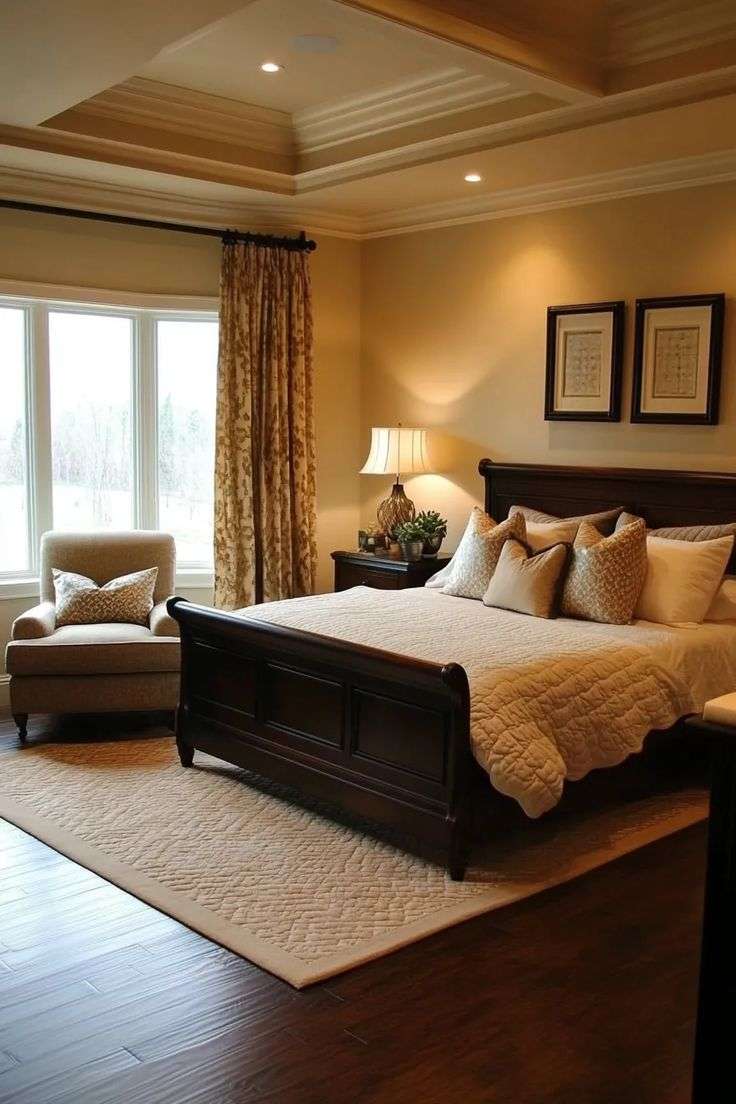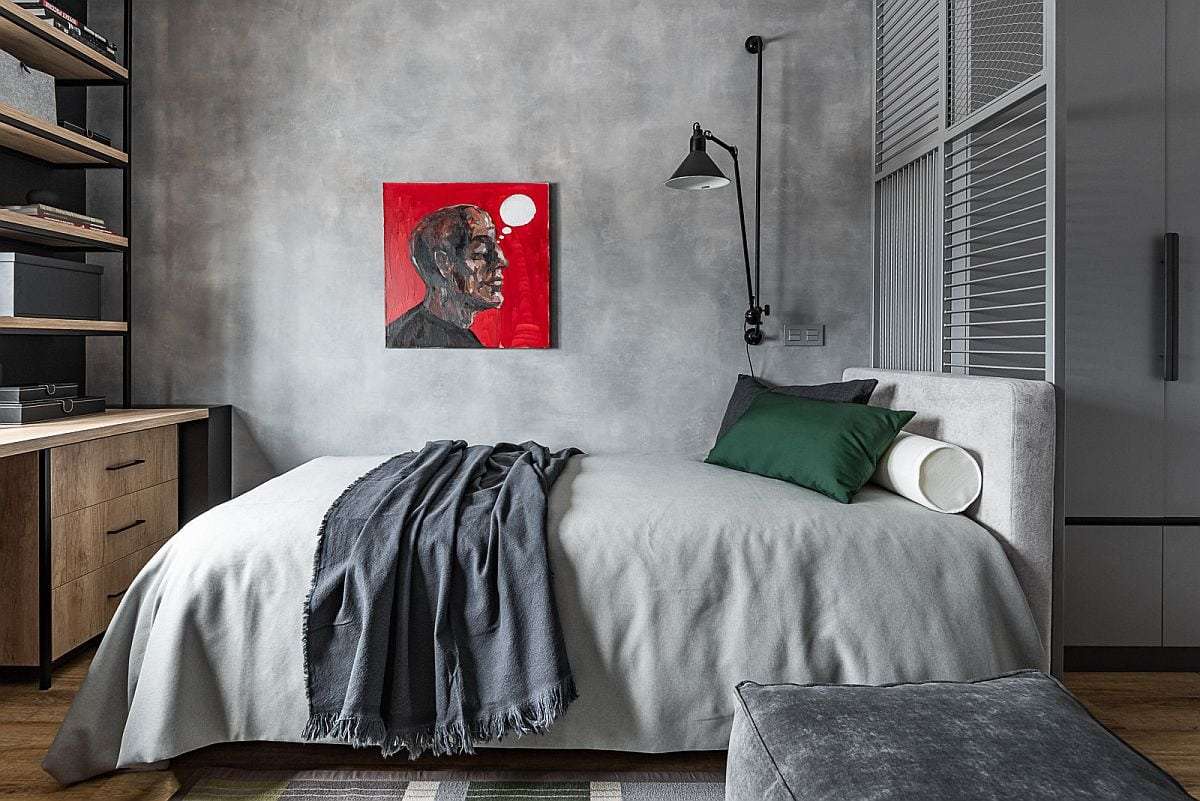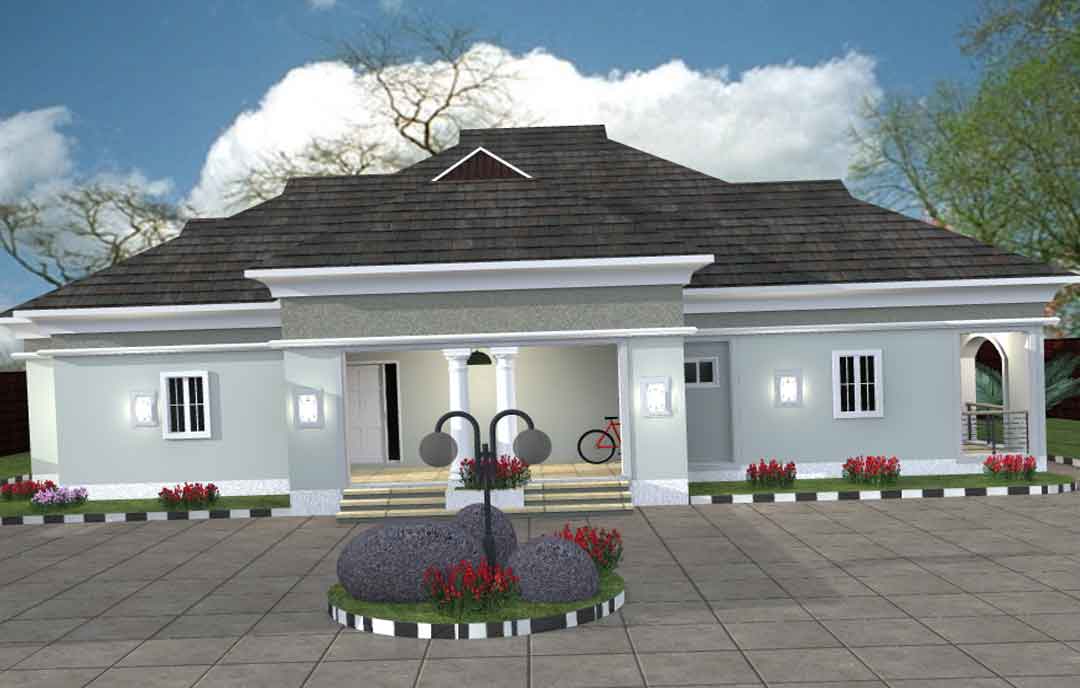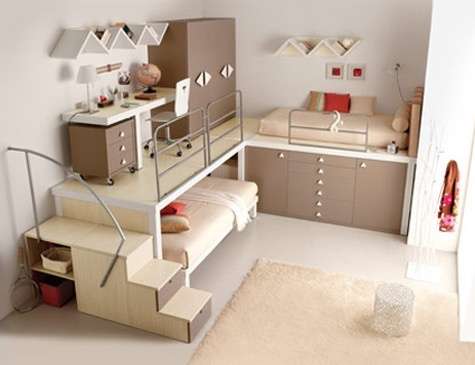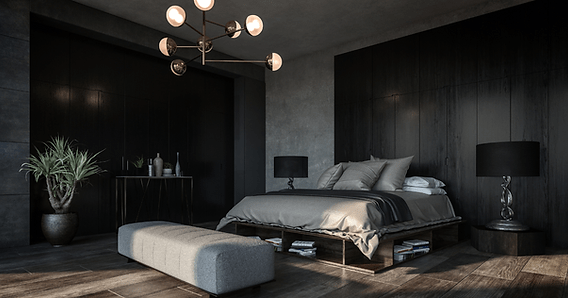Dark brown furniture can bring a sense of sophistication and grounded elegance to any bedroom․ However, mastering a bedroom design with dark brown furniture requires careful consideration of color palettes, lighting, and textures to avoid a space that feels heavy or gloomy․ The key is to balance the darkness with lighter elements that create visual interest and a welcoming atmosphere․ Think about incorporating contrasting colors like creams, whites, or even pops of vibrant hues to brighten the overall aesthetic of your bedroom design with dark brown furniture․
Creating a Balanced Color Palette
When working with dark brown furniture, the color scheme is crucial․ Avoid pairing it with overly dark or muted colors, as this can make the room feel small and claustrophobic․ Instead, opt for:
- Light Neutrals: Creams, beiges, and light grays provide a soft and airy backdrop that allows the dark brown furniture to stand out without overwhelming the space․
- Pastel Shades: Soft blues, greens, and pinks can add a touch of femininity and create a calming and serene atmosphere․
- Accent Colors: Introduce pops of color through accessories like throw pillows, artwork, and rugs․ Consider using jewel tones like emerald green, sapphire blue, or ruby red for a luxurious touch․
Lighting is Key
Adequate lighting is essential for brightening up a bedroom with dark brown furniture․ Maximize natural light by keeping windows clear and using sheer curtains․ Supplement natural light with a combination of:
- Ambient Lighting: Overhead fixtures or chandeliers provide general illumination․
- Task Lighting: Bedside lamps or floor lamps are perfect for reading and other activities․
- Accent Lighting: Strategically placed spotlights or sconces can highlight artwork or architectural features․
Textural Contrast
Adding textural contrast is another important aspect of bedroom design with dark brown furniture․ Consider incorporating elements such as:
- Soft Textiles: Plush rugs, velvet curtains, and linen bedding can add warmth and comfort․
- Natural Materials: Woven baskets, wooden accessories, and jute rugs can bring a touch of nature indoors․
- Metallic Accents: Gold, silver, or copper accents can add a touch of glamour and reflect light․
Comparative Table: Color Palette Options
| Color Palette | Description | Pros | Cons |
|---|---|---|---|
| Neutral & Light | Cream, beige, light gray with hints of pastel․ | Bright, airy, and calming․ | Can feel a bit bland if not accessorized properly․ |
| Jewel Tones | Dark brown complemented with emerald green, sapphire blue, and ruby red accents․ | Luxurious, sophisticated, and visually striking․ | Can feel overwhelming if not balanced with lighter elements․ |
| Earthy & Natural | Dark brown paired with greens, browns, and natural textures․ | Warm, inviting, and grounding․ | Can feel too dark if not properly lit․ |
Don’t Forget the Details
Pay attention to the small details that can make a big difference in the overall feel of your bedroom․ Consider adding:
- Mirrors to reflect light and create the illusion of more space․
- Artwork that complements the color scheme and adds personality․
- Plants to bring a touch of nature indoors and purify the air․
